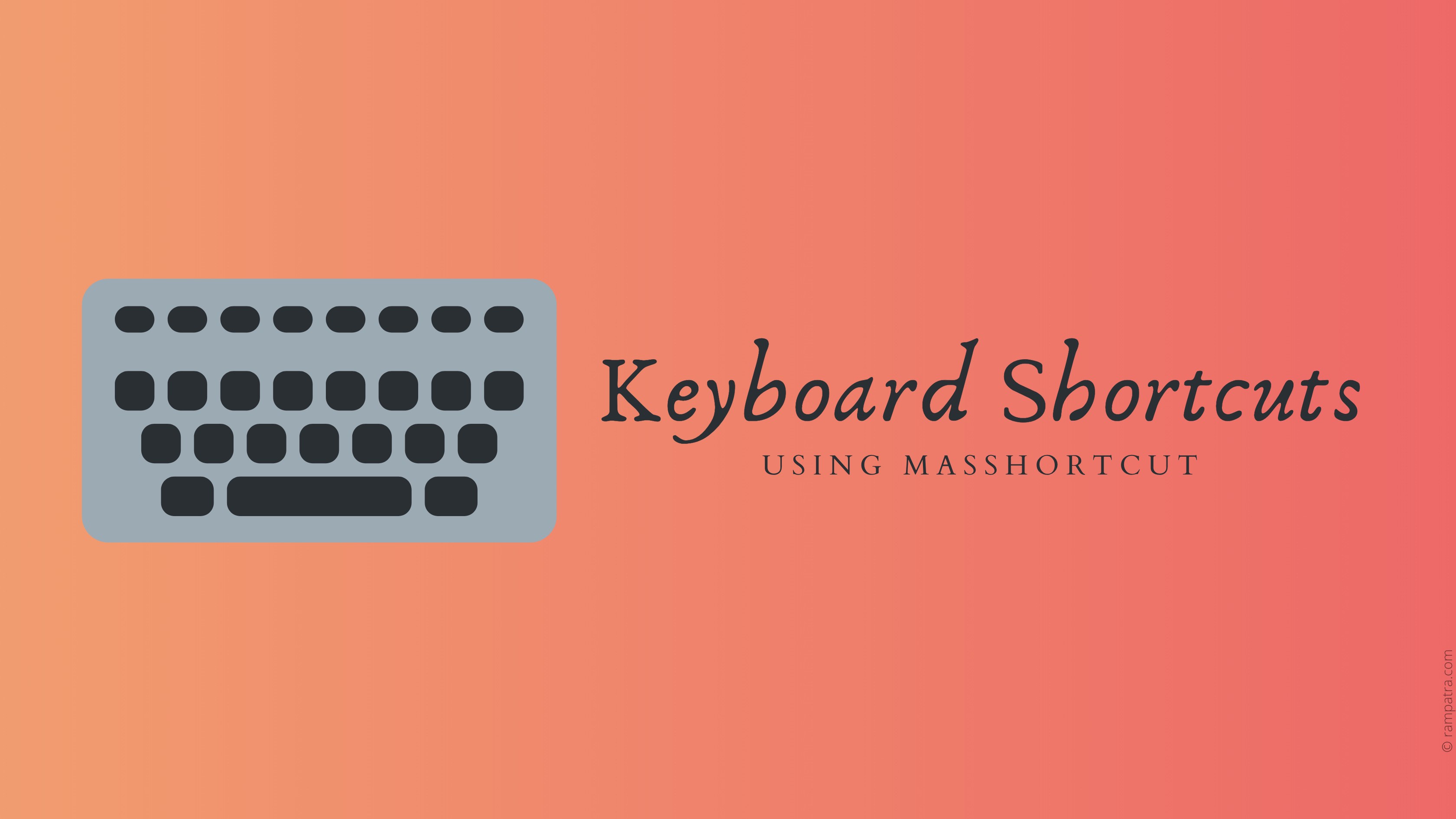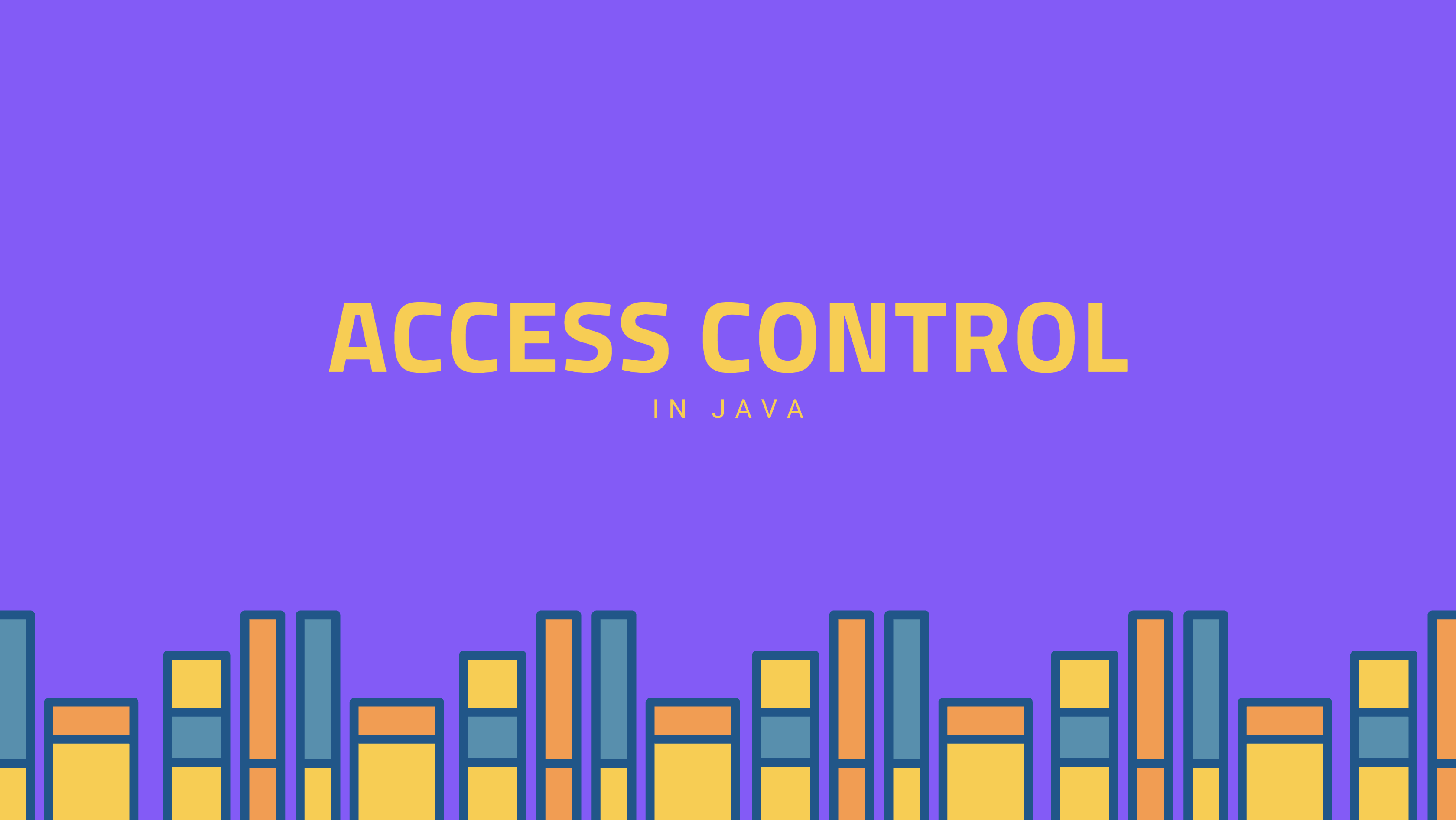I have always yearned for the best gaming PC that could run all games at full settings and when I came to know about crypto mining, I thought I could hit two targets with one arrow.
Ergo, I started researching how to make a mining and gaming computer but surprisingly I couldn’t find many doing this. It made sense to me as to make your mining profitable the mining rig has to consume less electricity as possible but this wasn’t the case with gaming PC. So, I had a challenge to solve and that was to pick the right components for my rig that’s good for gaming and also consume less electricity.
The first thing to finalize is the CPU. Intel or AMD? That’s because the motherboard will vary depending on the CPU you choose. I went with Intel as they are good for gaming with their higher clock speeds and efficiency whereas AMD is better for multi-tasking. At the time, Intel had launched their latest 8th gen chips (Coffee Lake) and these chips weren’t backward compatible, meaning they wouldn’t fit on motherboards made for 7th gen or lower. Now, if it had been only for mining, I would have probably gone for a CPU consuming around 50W power like the Intel Pentium Gold but I went with the Intel Core i5 8th gen consuming around 65W power. A 15W difference in power consumption was probably okay for me as I was getting the latest CPU from Intel and if I ever wanted to change my CPU in the future then at least I wouldn’t have to change my motherboard. If i5 is too expensive then you can go for the cheaper Intel Core i3 8th gen which has 4 cores instead of 6 but it’s still great in all other aspects and consumes the same power as the i5. But if you’re only mining, the Intel Pentium Gold will be great as it’s also an Intel Coffee Lake processor.
Having finalized the most important component, the next thing to pick was the Motherboard. Both the CPUs I discussed earlier are Coffee Lake processors so their motherboards would be the same. Again, for mining only, you don’t need a fancy motherboard with RGB, etc. A normal one with a good number of PCIe slots would do the job. As we chose an Intel CPU we have to choose a motherboard with Intel chipset. Intel’s entry-level chipset is H310. It has other chipsets that are expensive and good for gaming, namely, H370, B360, Z370, and Z390. A good entry-level motherboard with 6PCIe slots is the Gigabyte H310 D3. It’s cheap and even has an M.2 slot. Having said that, I went with Gigabyte Aorus Z370 Ultra Gaming motherboard as it was the latest back then when I was building my PC, had all the bells and whistles, was cheaper than others with the same features, and finally, had great reviews online. It has PCIe 3rd gen, M.2 slot, USB 3.1, RGB lighting, and the list goes on. However, if you’re building your gaming PC now then you can go with the Gigabyte Z390 motherboards. The main reason why Z370/Z390 is better than the other chipsets for gaming is that this supports overclocking whereas others do not. So, to recapitulate, if you’re only mining, go with H310 motherboards or else go with Z370/Z390. The H310 are not only cheaper to buy but they also consume less power than the rest.
Next comes RAM, no not me but the memory. You can go with an RGB RAM if you desire the aesthetics of a pure gaming PC or any decent RAM would do. For mining, just one 8 GB RAM is enough but for gaming, the more RAM the better. I went with a single Corsair Vengeance 8 GB RAM but would soon upgrade to 32 GB Corsair Vengeance RGB Pro once I am done with mining. (Update on 10th July: I now have the 32 gigs RGB RAMs)
The CPU, Motherboard, RAM are all secondary when it comes to mining. The pivotal component of all is the GPU. This is where mining happens so we have to choose carefully. You can know how much profit each GPU can make on Nicehash Profitability Calculator. The more GPU power you have the more profit, however, GPU prices have surged since mining became prolific. Moreover, websites have a cap per person on the number of GPUs you can order. I went with three Gigabyte GTX 1080 G1 Gaming as these were the latest back then and had RBG fusion but now you can go with the RTX 2080 models. You can also see which coin to mine and the respective profit the GTX 1080 can make and the RTX 2080 can on whattomine.com.
I bought a Kingston 120 GB SSD, as this was the cheapest and had the best reviews, where I installed my windows operating system and a Sandisk 2 TB HDD where I installed all of my games. SSDs are at least 5 times faster than HDDs and you can make the SSD even faster by making use of the PCIe 3.0 slots. An SSD attached to a PCIe 3.0 x16 slot can give you a speed up to 16 GBps whereas the maximum speed from an HDD is 125 MBps. Having said that, SSD is more expensive than HDD. So, that’s the reason I went with a combo of two and I must say that the operating system installed on an SSD is totally worth it as my computer starts within 10 seconds.
Phew, we are actually done with the most important components. We are now left with the Power Supply Unit and Tower. The Power Supply depends on the GPU, CPU, Motherboard and what all bells and whistles the Motherboard has. There’s a useful Power Supply calculator by MSI that you can use. For me, the Corsair 1000W Power Supply Unit was more than enough for three GTX 1080 graphic cards.
Choosing a tower that would fit three giant graphic cards was difficult. I found one from Corsair (780 T Graphite Series) that crossed all the checks in my checklist. It is stylish, has glass on one side to show off the RGB lighting, is massive and accommodates all of my 3 graphic cards, and last but not least, has a nice build quality.
Lastly, I already had the Logitech Wireless Keyboard and Mouse combo so I didn’t buy one new. However, I plan to upgrade to an RGB keyboard and a gaming mouse later. Same with the monitor, I went with a cheap LG 1080 LED monitor for now. I will soon upgrade to a UHD screen later. You can also buy a used monitor from adverts.ie if you’re living in Ireland and building a mining rig only.
Summarizing the list of components:
| Component | Mining only | Mining + Gaming |
|---|---|---|
| CPU | Intel Pentium Gold | Intel Core i3/i5/i7 |
| Motherboard | Gigabyte H310 D3 | Gigabyte Z390 Aorus Pro |
| GPU | Anything economical with more memory | Gigabyte RTX 2080 Super Gaming |
| RAM | 8 GB Corsair Vengeance | Corsair Vengeance RGB Pro |
| Disk Drive | 120 GB Kingston SSD | 120 GBKingston SSD + 2 TB Sandisk HDD |
| Power Supply Unit | 1000W Corsair PSU (for 3 GTX 1080) | Same |
| Tower | Any cheap mining frame or just build one | Corsair 780T |
P.S. I made a time-lapse video, the first on my personal YouTube channel, while I was building my Mining cum Gaming PC, just for fun.
P.P.S. In 2021, I decided to have two separate builds, one for work/play, and another for mining. I have written a blog post for my latest PC Build and will soon write another post for my mining rig.


